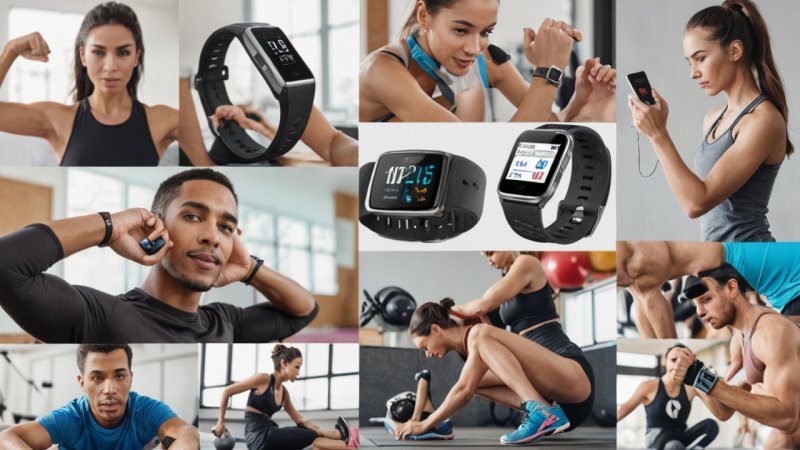Wearable technology has revolutionized the way athletes and fitness enthusiasts approach their training regimens. With devices like smartwatches, fitness trackers, and heart rate monitors, individuals can now access real-time data and insights to enhance their performance while staying safe. From tracking metrics to providing feedback, wearable tech plays a crucial role in optimizing fitness training.
What types of wearable technology are commonly used in fitness training?
There are several types of wearable technology designed for fitness training, including:
- Smartwatches: These devices track various metrics such as heart rate, steps, and even GPS location.
- Fitness Trackers: Often worn on the wrist, these focus primarily on activity tracking, sleep monitoring, and calorie counting.
- Heart Rate Monitors: These can be worn as a strap around the chest or wrist and provide accurate heart rate data.
- Smart Clothing: Garments embedded with sensors that monitor biometrics like heart rate and breathing.
- GPS Devices: Primarily used by runners and cyclists to track distance, speed, and route.
How does wearable technology enhance performance tracking?
Wearable technology enhances performance tracking by providing real-time data that athletes can use to adjust their training on the fly. This includes:
- Monitoring heart rate to ensure training intensity is appropriate.
- Tracking distance and pace to set and achieve personal records.
- Recording sleep patterns to optimize recovery and performance.
- Providing feedback on form and technique through connected apps.
Can wearable technology help prevent injuries during training?
Yes, wearable technology can help prevent injuries by monitoring physical exertion and biomechanical data. For example:
- Devices can alert users when they are overexerting themselves.
- Some trackers analyze running form to identify potential issues.
- Heart rate monitors help ensure individuals are training within safe limits.
What are the benefits of using fitness apps in conjunction with wearable devices?
Using fitness apps alongside wearable devices can provide a comprehensive view of health and performance. Benefits include:
- Access to detailed analytics and historical data.
- Ability to set goals and track progress over time.
- Participation in community challenges and shared experiences.
- Integration with nutrition tracking to ensure a balanced approach to fitness.
How can wearable technology assist in recovery post-training?
Wearable technology can assist in recovery by providing insights into how well the body is recovering after workouts. Some features include:
- Sleep tracking to assess rest quality.
- Monitoring resting heart rate to determine overall fitness level.
- Guiding users through recovery protocols with stretching and hydration reminders.
Are there any drawbacks to using wearable technology for fitness training?
While there are many benefits, there are some drawbacks to consider:
- Over-reliance on data can lead to anxiety about performance.
- Some devices may not provide 100% accurate data.
- Battery life and device durability can be concerns, especially during long training sessions.
Is wearable technology suitable for all fitness levels?
Yes, wearable technology is suitable for all fitness levels. Beginners can use simple fitness trackers to monitor their activity, while advanced athletes can benefit from more sophisticated metrics. The key is to choose a device that aligns with one's fitness goals.






